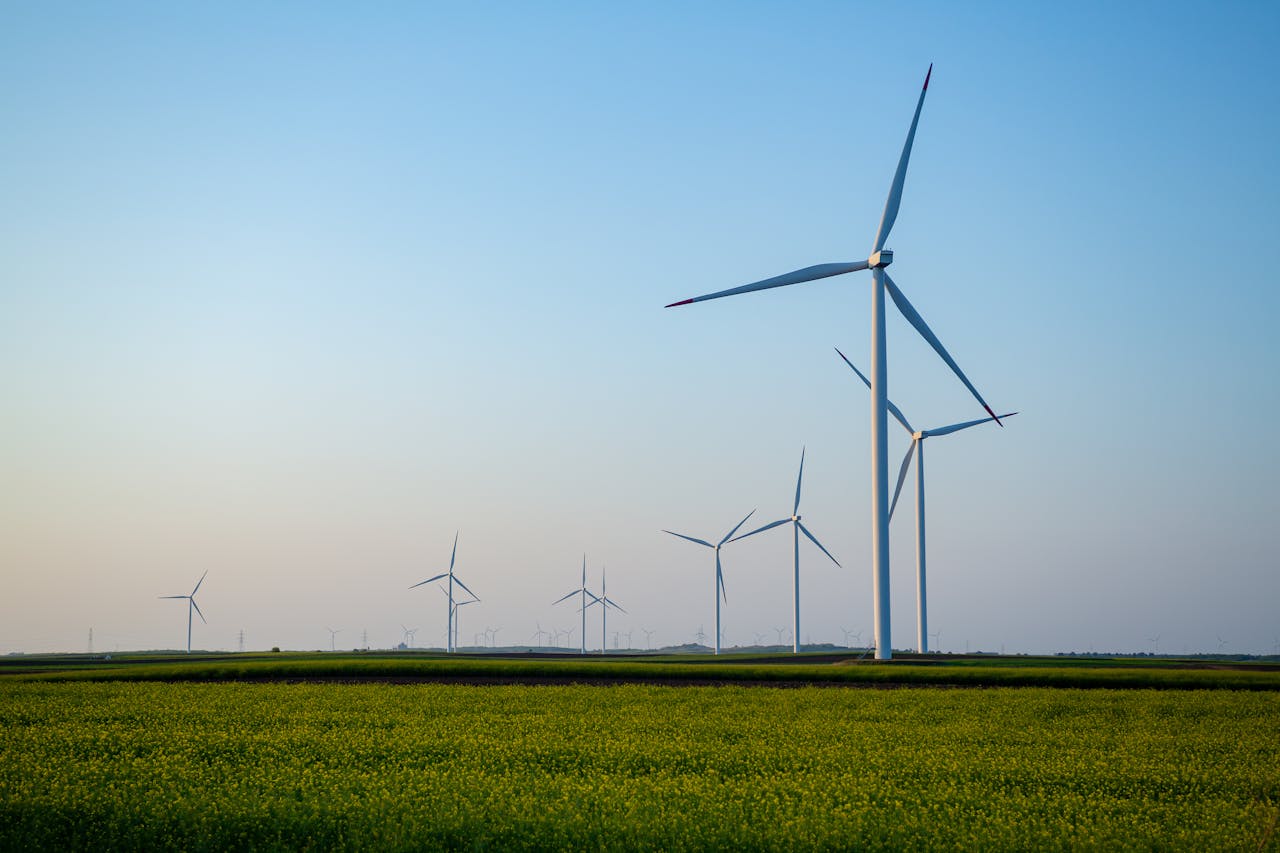Denmark needs renewable energy generated from two energy islands linked to offshore wind farms to achieve its ambitious climate goals by 2030. The company Ramboll will assess impact of the planned Baltic Sea energy island on the surrounding marine environment.
Two energy islands that are planned to be built in the North Sea and Baltic Sea could supply enough electricity for about 5 million homes in Denmark and neighbouring countries. Linked to large-scale offshore wind farms, the islands are critical to delivering the renewable energy that Denmark needs to meet its target of reducing carbon emissions by 70% by 2030.
What’s less clear is the impact the energy islands will have on surrounding marine ecosystems including populations of fish, sea mammals, birds, and plant life. More data is needed to understand how to limit negative impacts and protect the environment as the project is built and operated.
“Before building extensive energy infrastructure such as the upcoming energy islands, it’s critical to conduct an environmental impact assessment of the plan to ensure that both the building and subsequent operations go hand-in-hand with protection of nature and animal life,” says Stine Gro Jensen, Project Director and Head of Department for Environmental Impact Assessment in Ramboll.
Understanding potential environmental impact
Energinet, which operates Denmark’s electricity transmission system, recently selected Ramboll to carry out the environmental impact assessment of the plan for the Baltic Sea energy island project. This project comprises two offshore windfarms located off Denmark’s Bornholm island in the Baltic Sea, and with Bornholm itself the “energy island” that serves as a hub for large-scale renewable energy generation and transmission to neighbouring countries.
“Our assessment aims to clarify the potential consequences of the planned project for the Baltic Sea. We’re especially studying the adjacent Natura 2000-protected areas – their location, the reason for their designation and how an upcoming energy island could affect them. Some Natura 2000 areas are intended to protect specific species of birds, and we will evaluate how the energy island wind farm could influence the bird population,” explains Stine Gro Jensen.
The environmental assessment of the plan is a tool that could help Danish policymakers take a final decision on the implementation of the project.
Additionally, Ramboll will carry out marine feasibility studies that will underpin the environmental impact assessment. These studies include mapping of feeding areas and migratory paths of bird species; the movement patterns of bat species; and mapping of fish, marine mammals, aquatic plants, and other sea-bed species. The aim is to assess potential impacts on these species – such as effects of underwater noise on marine mammals – from the building and operation phases of the energy island.
Source: Ramboll














